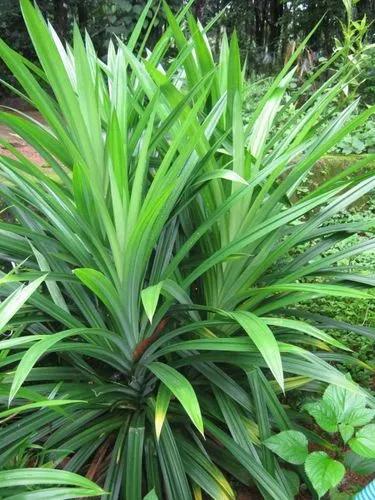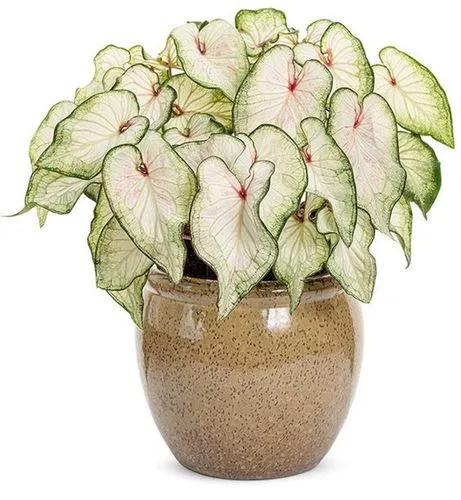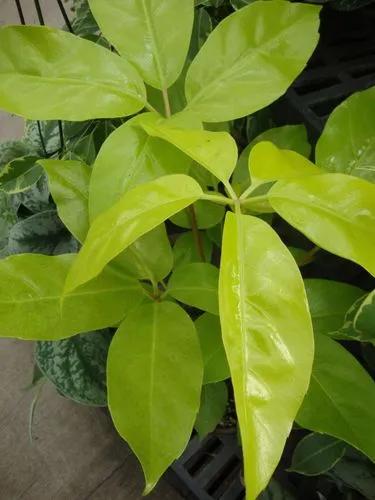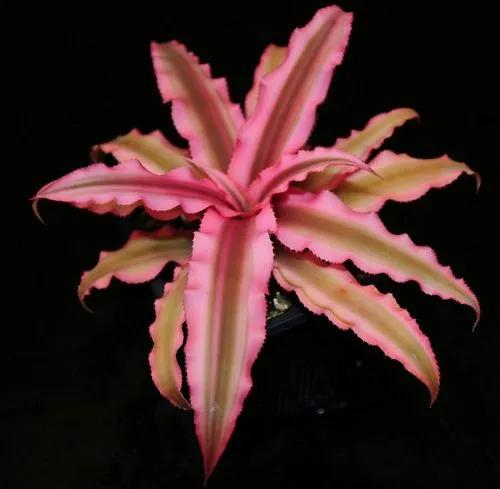It is an evergreen perennial, growing to 60–75 cm (24–30 in), with slender pale green leaves to 45 cm (18 in), heavily marked above with dark blotches, purple below. Goeppertia insignis prefers indirect sunlight. These plants want well-drained, but moist, soil. They like a pH of 6.1 to 7.3. The plant requires a minimum temperature of 16 °C (61 °F), and it is commonly used as a houseplant in temperate regions. The bottom side of the leaves are purple, with the adaxial surface having what look like dark green alternating large and small leaflets overlaid on the light green leaf. Like other prayer plants, its leaves fold together at night, and unfold again in the morning.
Calathea Rattlesnake Care
Calathea Rattlesnake



How to Care for the Plant

Water

The calathea is one thirsty plant and does best when watered regularly in order to maintain a consistently moist (but not soggy) soil. Depending on your home environment, this could mean watering your calathea plant every few days, once a week or once every other week—the most important rule of thumb is to never let the soil dry out. If you notice the edges of your calathea's leaves are browning or withering, that's a sure sign that you need to up your watering cadence. Calathea are also surprisingly picky when it comes to the type of water they receive and are known to be sensitive to several minerals typically found in most tap waters, which can cause their leaves to yellow. To avoid this, water your calathea with filtered water, rainwater, or allow your tap water to sit out overnight so that any chlorine or fluoride present can evaporate.

Pruning

Prune out spent blooms and dead, dying or damaged leaves as they occur. Use clean, sharp scissors to snip the stalks off at soil level.

Fertilizer

For the best results (and a luscious, full plant), treat your calathea once a month with a liquid fertilizer at half-strength throughout the spring, summer, and fall, tapering off in the winter months when it naturally grows less.

Soil

Soil Type: Well-drained, moist Soil pH: Acid, Neutral

Temperature

Your bathroom or kitchen are perfect spots for this plant because these areas tend to be more humid. Rattlesnakes like it warm, preferably between 65-85 degrees, so maintain indoor temperatures above 64 degrees. Avoid cold drafts and sudden temperature changes.

Container

Grow rattlesnake plant in a container filled with regular, good quality potting mix.

Additional

Rattlesnake Plants are non-poisonous plants and safe for humans, dogs, and cats. The rattlesnake plant (Calathea lancifolia) is a decorative perennial with strappy, spotted leaves and deep, purple undersides. You can grow this tropical plant outdoors in USDA plant hardiness zones 10 and above. In cooler climates, rattlesnake plants can easily be grown indoors.

Popularity

672 people already have this plant 155 people have added this plant to their wishlists
Discover more plants with the list below
Popular articles






